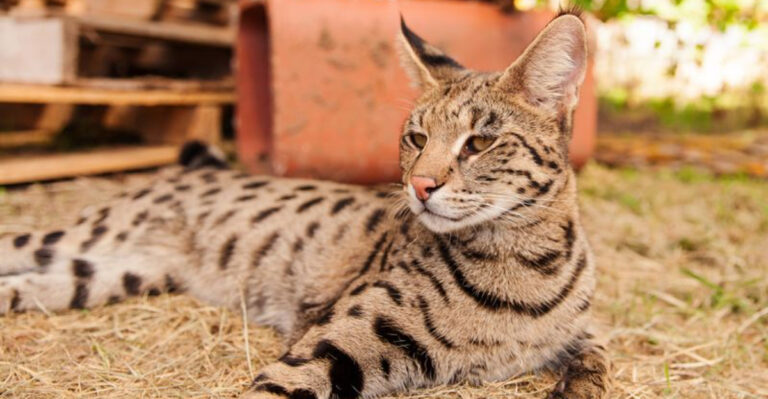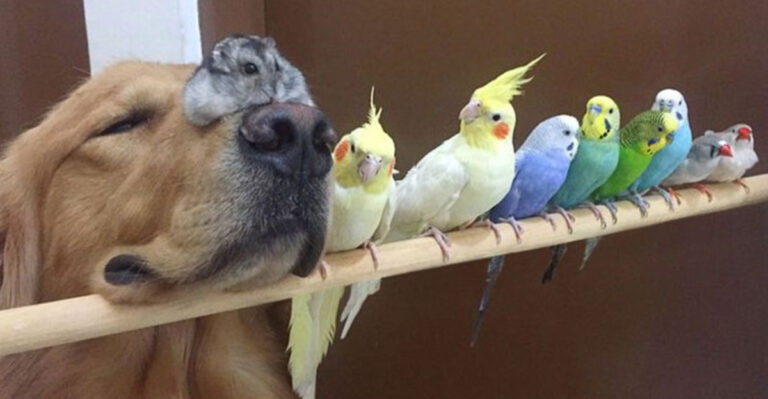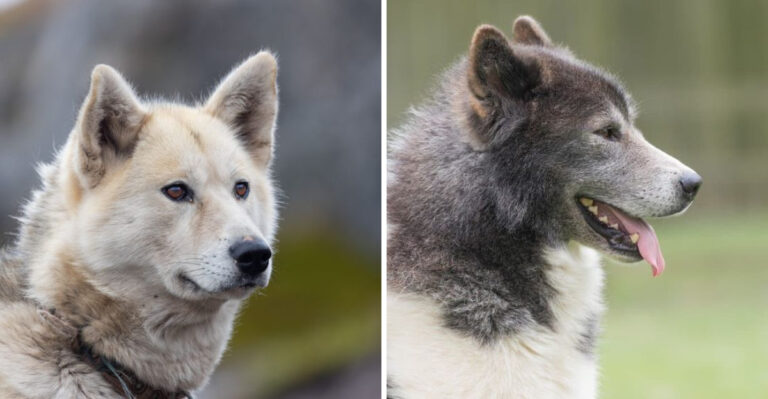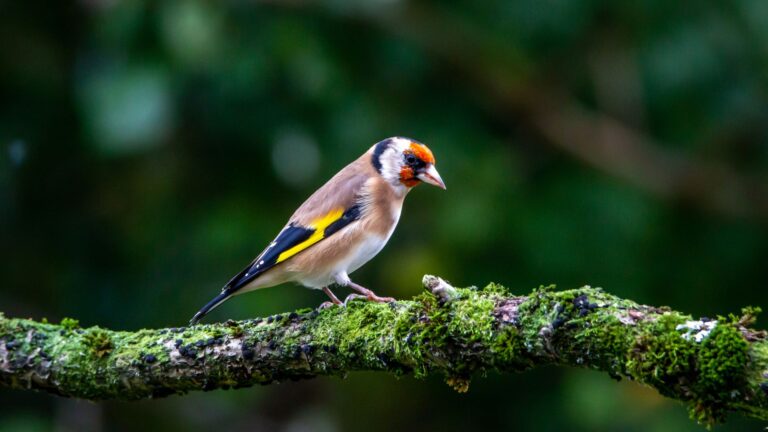15 Animals That Could Survive A Mass Extinction
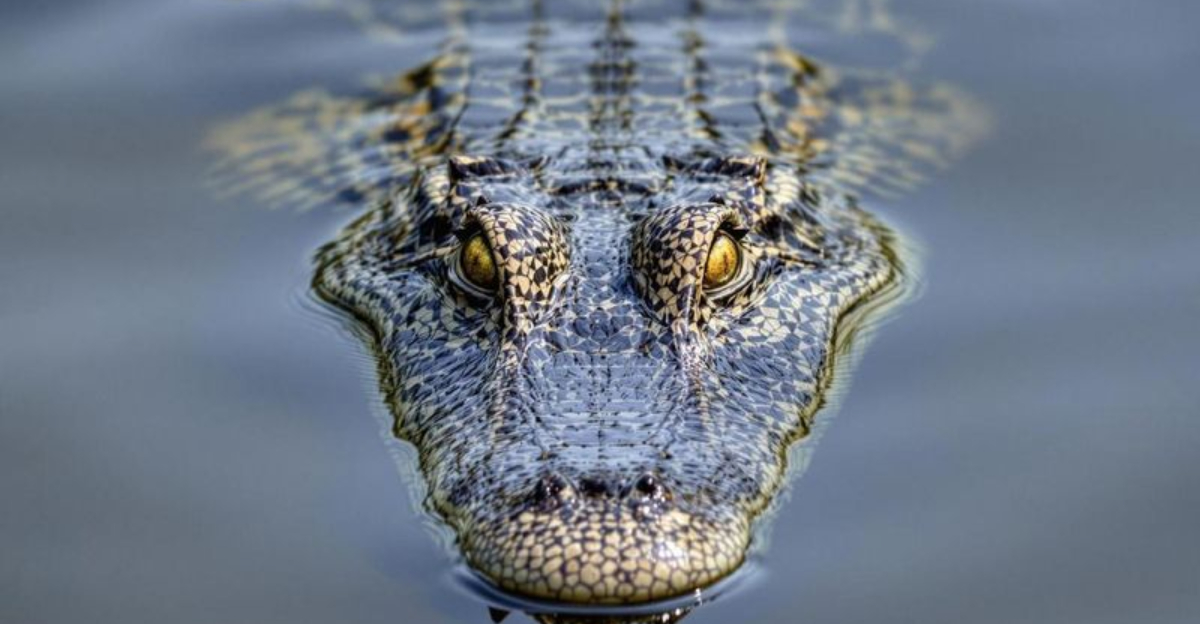
Earth has witnessed five major mass extinctions, with up to 96% of marine species vanishing during the worst event.
Yet some creatures possess remarkable survival skills that could help them endure even catastrophic planetary changes.
These resilient animals have developed extraordinary adaptations—from radiation resistance to extreme temperature tolerance – that might allow them to persist while other species disappear.
1. Tardigrades: The Microscopic Superheroes
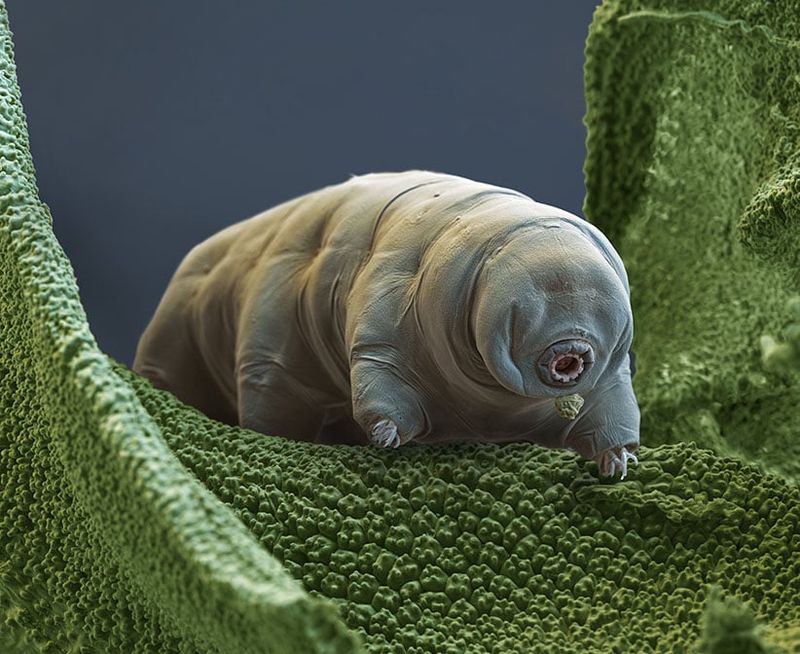
Nicknamed ‘water bears,’ these tiny eight-legged creatures can survive practically anything. They enter a dehydrated state called cryptobiosis, reducing their water content to just 3%.
Tardigrades can withstand temperatures from near absolute zero to 300°F, cosmic radiation, and even the vacuum of space. They’ve been revived after 30 years of freezing and can survive pressures six times greater than the ocean’s deepest point.
2. Cockroaches: The Ultimate Survivors
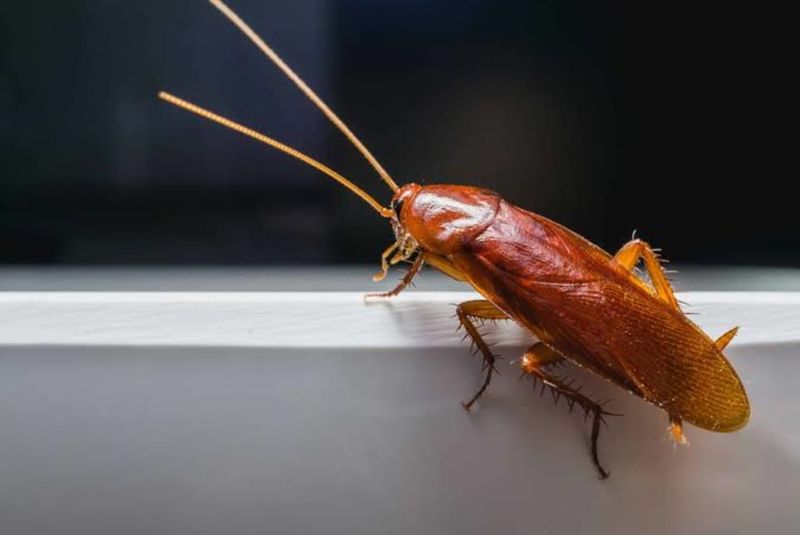
Almost everyone knows cockroaches are tough. Their flat bodies allow them to squeeze into tiny cracks, avoiding danger and finding shelter during catastrophes.
A cockroach can live without its head for weeks (until it dies of thirst), survive radiation levels that would kill humans, and hold its breath for 40 minutes. Some species can withstand freezing temperatures, while others can go a month without food.
3. Deep Sea Tube Worms: Extreme Environment Masters
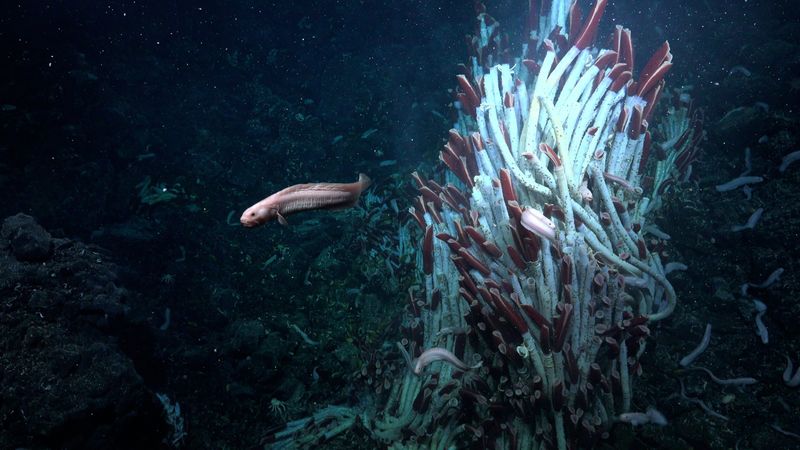
Living near hydrothermal vents where superheated water spews toxic chemicals, these bizarre creatures thrive in conditions that would instantly kill most life forms.
Without mouths or digestive systems, tube worms host bacteria that convert toxic vent chemicals into food. Their remarkable adaptation to extreme pressure, temperature, and toxicity makes them prime candidates for post-apocalyptic survival in ocean environments that remain stable despite surface chaos.
4. Naked Mole Rats: Underground Marvels
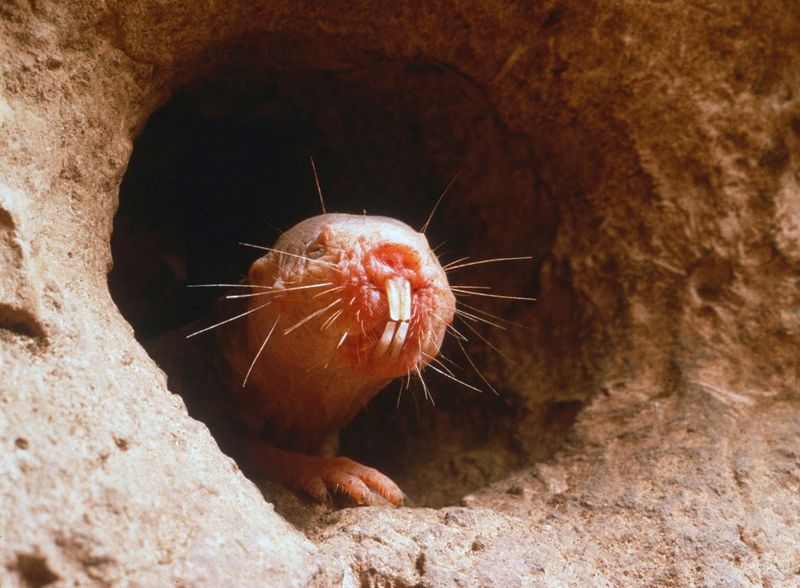
Living in underground colonies across East Africa, these wrinkly rodents defy aging and disease. Their subterranean lifestyle shields them from many extinction threats.
Naked mole rats can survive with incredibly low oxygen levels for 18 minutes without brain damage. They feel almost no pain, resist cancer, and live up to 30 years—ten times longer than similar-sized rodents. Their social structure resembles insect colonies rather than mammal groups.
5. Deinococcus Radiodurans: The Radiation-Proof Bacteria
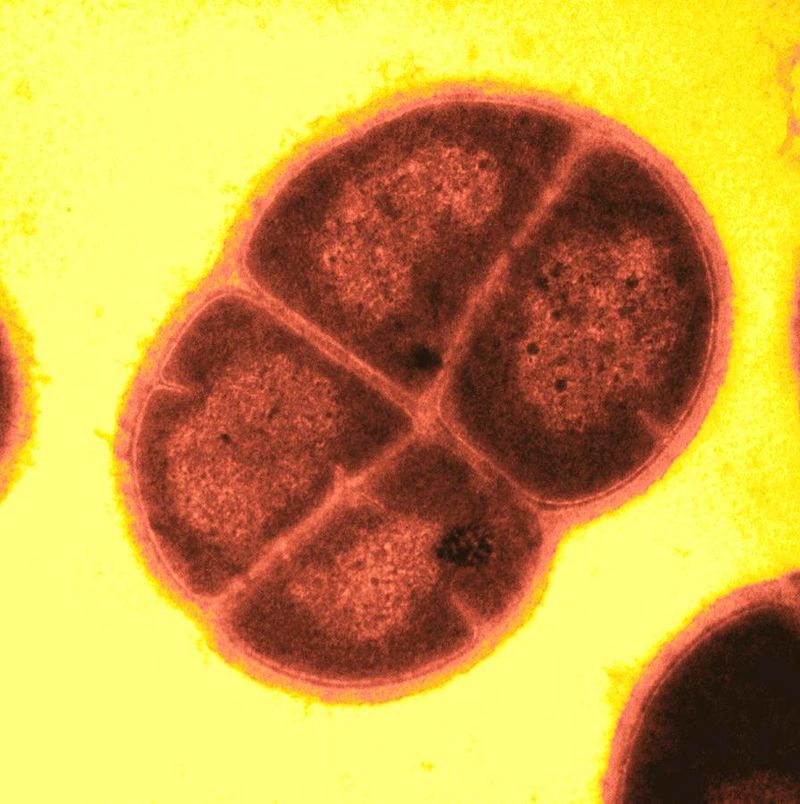
Nicknamed “Conan the Bacterium,” this microscopic organism can withstand radiation doses 1,000 times greater than what would kill a human. Scientists discovered it in 1956 inside a can of meat that had been radiation-sterilized.
Its superpower comes from multiple copies of its genome and extraordinary repair mechanisms. When radiation shatters its DNA, Deinococcus quickly reassembles the fragments. It can even survive in the vacuum of space, making it a true apocalypse contender.
6. Saharan Silver Ants: Desert Heat Champions
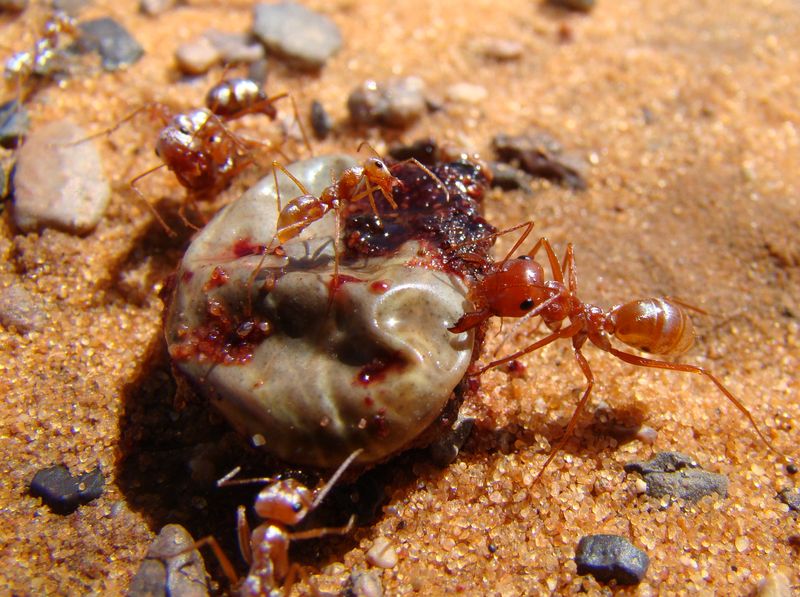
Scurrying across scorching Saharan sands at temperatures that would kill most creatures, these metallic-looking ants have mastered extreme heat survival. Their silver coating reflects sunlight while microscopic hairs trap a thin air layer for insulation.
They venture out during the hottest part of the day—when predators hide—and can function at 128°F. With incredibly long legs keeping their bodies away from the burning sand, they sprint at speeds equivalent to a human running 400 mph.
7. Horseshoe Crabs: Living Fossils
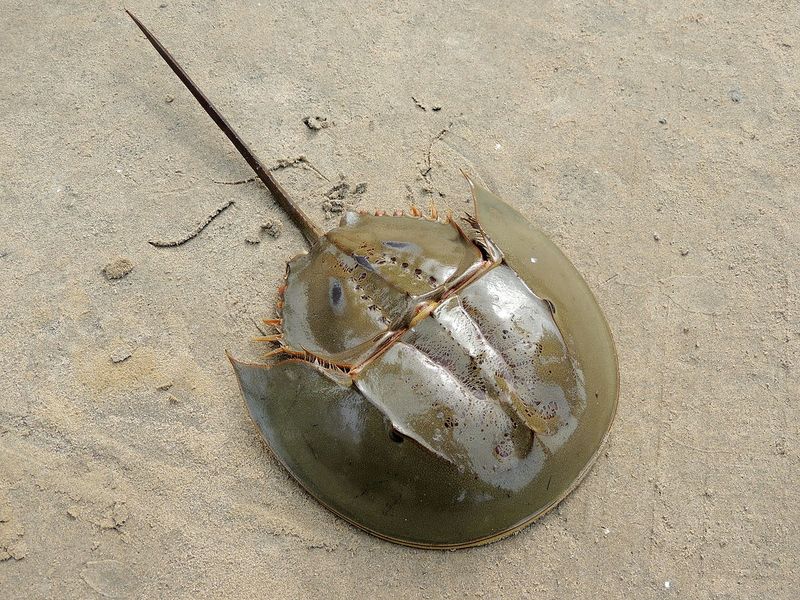
Having survived virtually unchanged for 445 million years, horseshoe crabs have already outlasted four mass extinctions. Their ancient immune system uses copper-based blue blood to detect bacterial toxins—so valuable that pharmaceutical companies harvest it for testing medical products.
Female horseshoe crabs can lay 90,000 eggs per season, ensuring population survival even with massive casualties. Their simple needs and adaptability to changing ocean conditions make them prime candidates for weathering another planetary disaster.
8. Pompeii Worms: Heat-Defying Ocean Dwellers

Imagine having your head in near-freezing water while your tail sits in a scalding hot tub. That’s daily life for Pompeii worms, which experience the most extreme temperature gradient of any animal on Earth.
Dwelling in deep-sea hydrothermal vents, their heads experience 40°F water while their tails withstand 176°F—hot enough to cook seafood! A special bacteria-laden mucus blanket provides insulation against the heat, allowing these remarkable creatures to thrive where others cannot survive.
9. Nematodes: The Indestructible Worms

Making up 80% of all animals on Earth, these microscopic roundworms have conquered every habitat from mountain peaks to ocean trenches. Some species can survive complete desiccation, reviving decades later when water returns.
The nematode C. elegans survived the Columbia space shuttle disaster, while others thrive in toxic waste. With simple bodies and reproduction methods that include self-fertilization, they could quickly repopulate after a catastrophe. Their adaptability makes them extinction-proof survivors.
10. Crocodilians: Ancient Reptilian Survivors
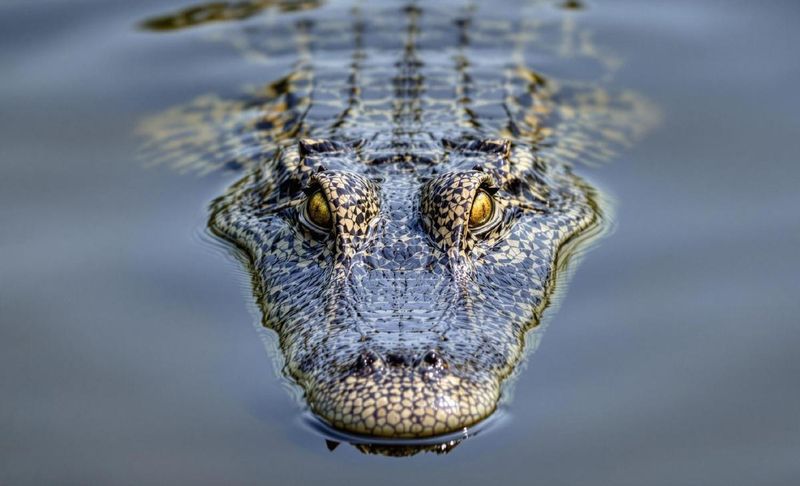
Having survived the extinction that wiped out dinosaurs 65 million years ago, crocodiles and alligators have proven their staying power. Their semi-aquatic lifestyle allows them to exploit both land and water resources during food shortages.
With armored bodies, powerful immune systems that fight off infections from filthy habitats, and the ability to slow their metabolism dramatically, they can go months without eating. Some species can even survive brackish water, giving them flexibility as sea levels change.
11. Arctic Wooly Bear Caterpillars: Freeze-Thaw Specialists
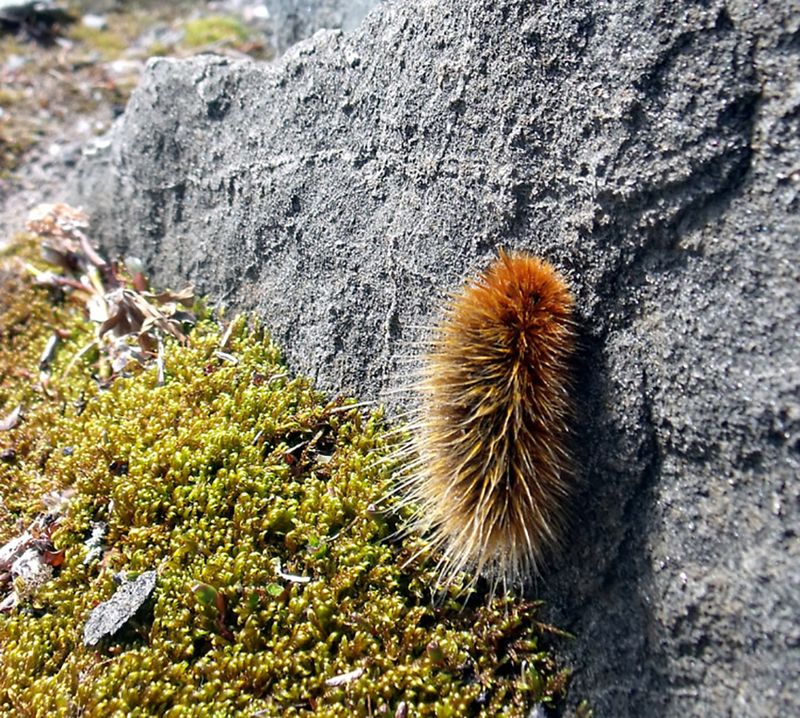
The Arctic wooly bear caterpillar spends most of its life frozen solid. Each summer, it thaws out, feeds for a few weeks, then freezes again when winter returns.
This remarkable creature produces natural antifreeze proteins that protect its cells from ice damage. Taking up to 14 years to complete its lifecycle (with only about 30 days actually spent eating), it can survive temperatures below -70°F. This freeze-thaw resilience would be invaluable during a nuclear winter or asteroid impact.
12. Emperor Penguins: Extreme Cold Conquerors
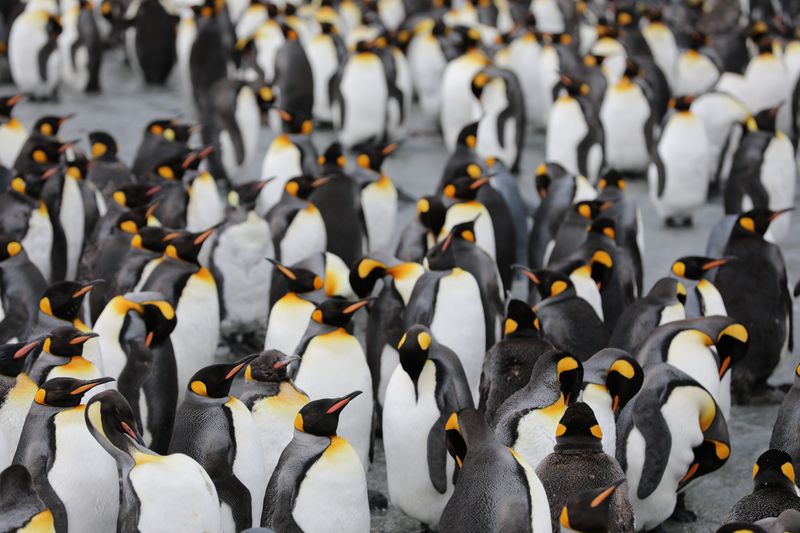
Huddling together in temperatures reaching -76°F with winds up to 124 mph, emperor penguins represent the pinnacle of cold-weather adaptation. Their specialized feathers create an insulating layer four times warmer than the best winter coat.
During Antarctica’s harsh winter, males balance eggs on their feet for two months without eating. With thick blubber layers and specialized blood vessels that minimize heat loss, these birds could potentially survive ice age conditions following volcanic winters or nuclear fallout.
13. Bdelloid Rotifers: Ancient Asexual Survivors
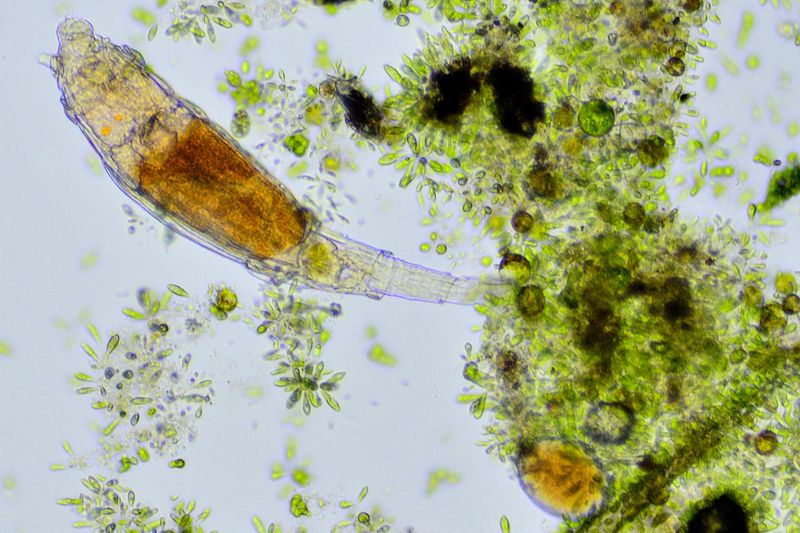
Frozen for 24,000 years in Siberian permafrost, bdelloid rotifers thawed out and immediately began reproducing. These microscopic aquatic animals haven’t had sex in 40 million years, reproducing entirely through cloning.
When their ponds dry up, they enter a dehydrated state, shrinking to 1/3 their size. They can absorb radiation without damage and incorporate foreign DNA into their genome. Having survived without sexual reproduction for millions of years, they defy evolutionary expectations while mastering extreme survival.
14. Mummichog Fish: Pollution-Resistant Swimmers
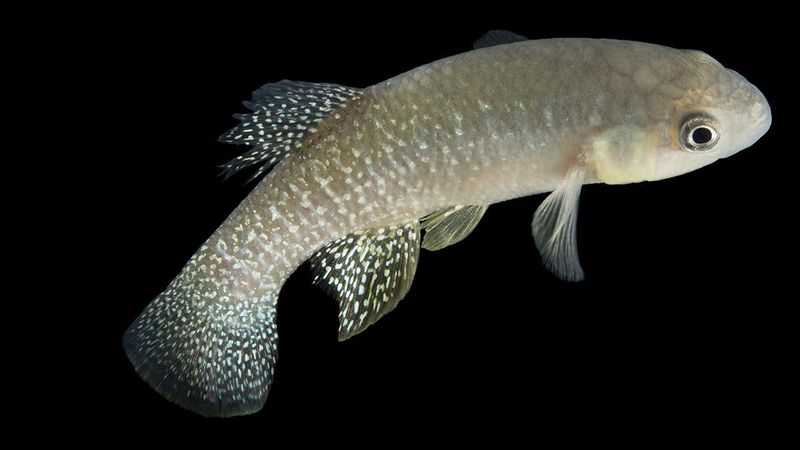
Swimming in waters so polluted they’d kill most aquatic life, mummichog fish have evolved to thrive in toxic environments. These small killifish inhabit polluted East Coast estuaries containing industrial chemicals and heavy metals.
Research shows they’ve developed genetic mutations allowing them to survive PCB levels 8,000 times higher than what’s considered safe. Their rapid adaptation to human-made toxins suggests they could handle the chemical aftermath of industrial collapse or nuclear incidents that would poison water sources.
15. Wood Frogs: The Frogsicles
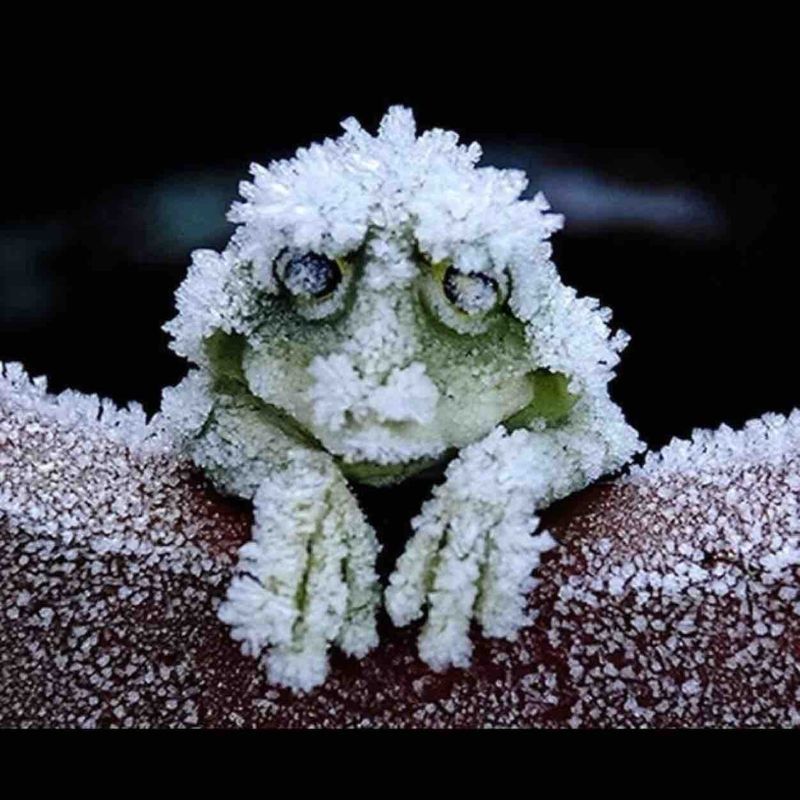
During winter, wood frogs become living frogsicles. Their hearts stop beating, they stop breathing, and up to 65% of their body freezes solid—including their brain.
Special proteins prevent cell damage while their liver produces massive amounts of glucose that acts as antifreeze. When spring arrives, they simply thaw out and hop away as if nothing happened. This remarkable ability to survive freezing would help them endure sudden climate shifts following asteroid impacts or supervolcano eruptions.

